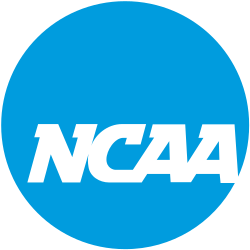 | |
| Tournament details | |
|---|---|
| Dates | May 6, 12-14 |
| Teams | 10 |
| Final positions | |
| Champions | Stanford Cardinal |
| Runners-up | UCLA Bruins |
| Tournament statistics | |
| Matches played | 9 |
The 2017 NCAA National Collegiate Women's Water Polo Championship was the 17th annual tournament to decide the championship of NCAA women's collegiate water polo. Two play-in games were held on May 6, with the winners advancing to the main tournament, May 12-14 at Indiana University Natatorium in Indianapolis, Indiana, hosted by IUPUI. Stanford defeated UCLA 8-7 to win its third national championship in four years. [1]